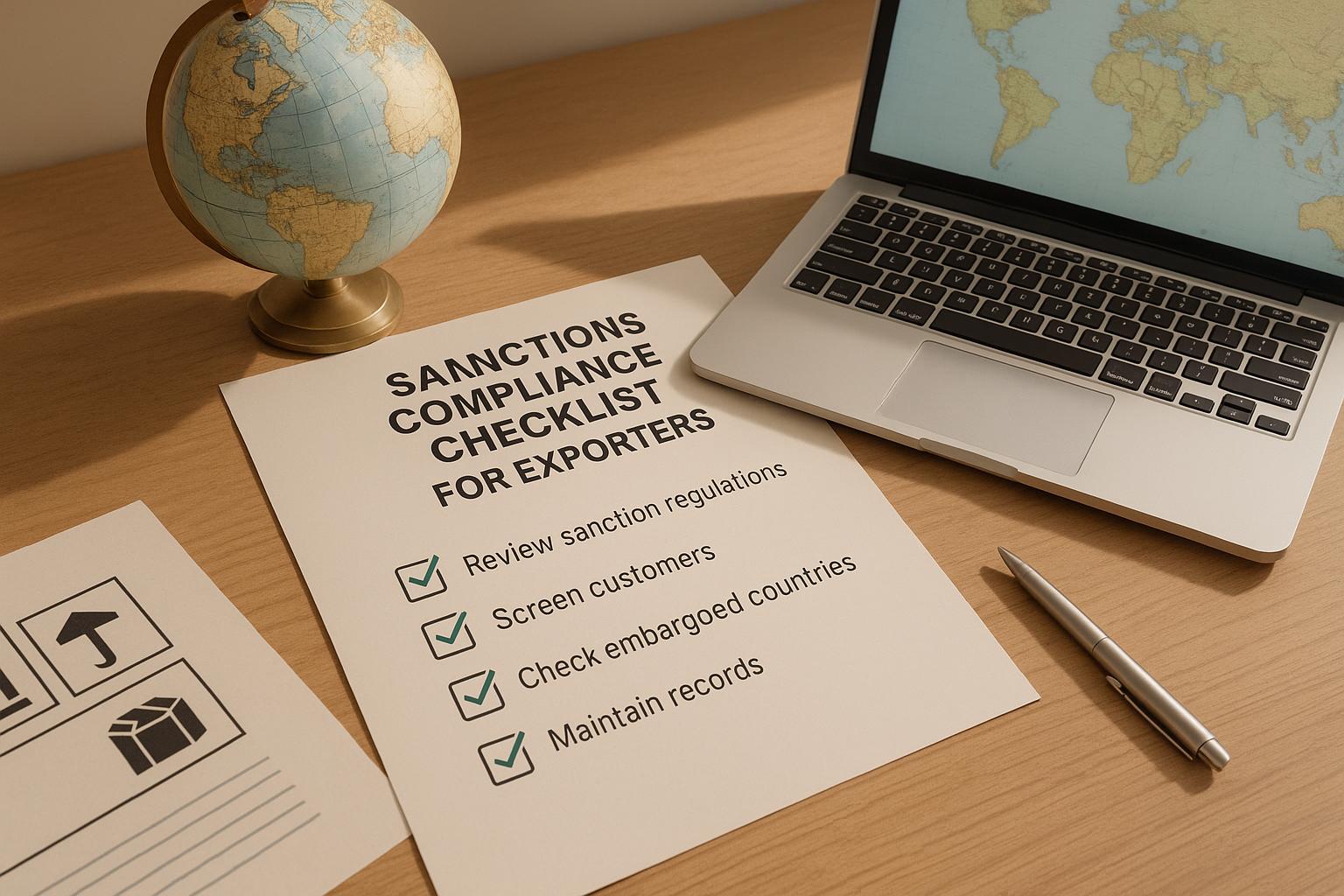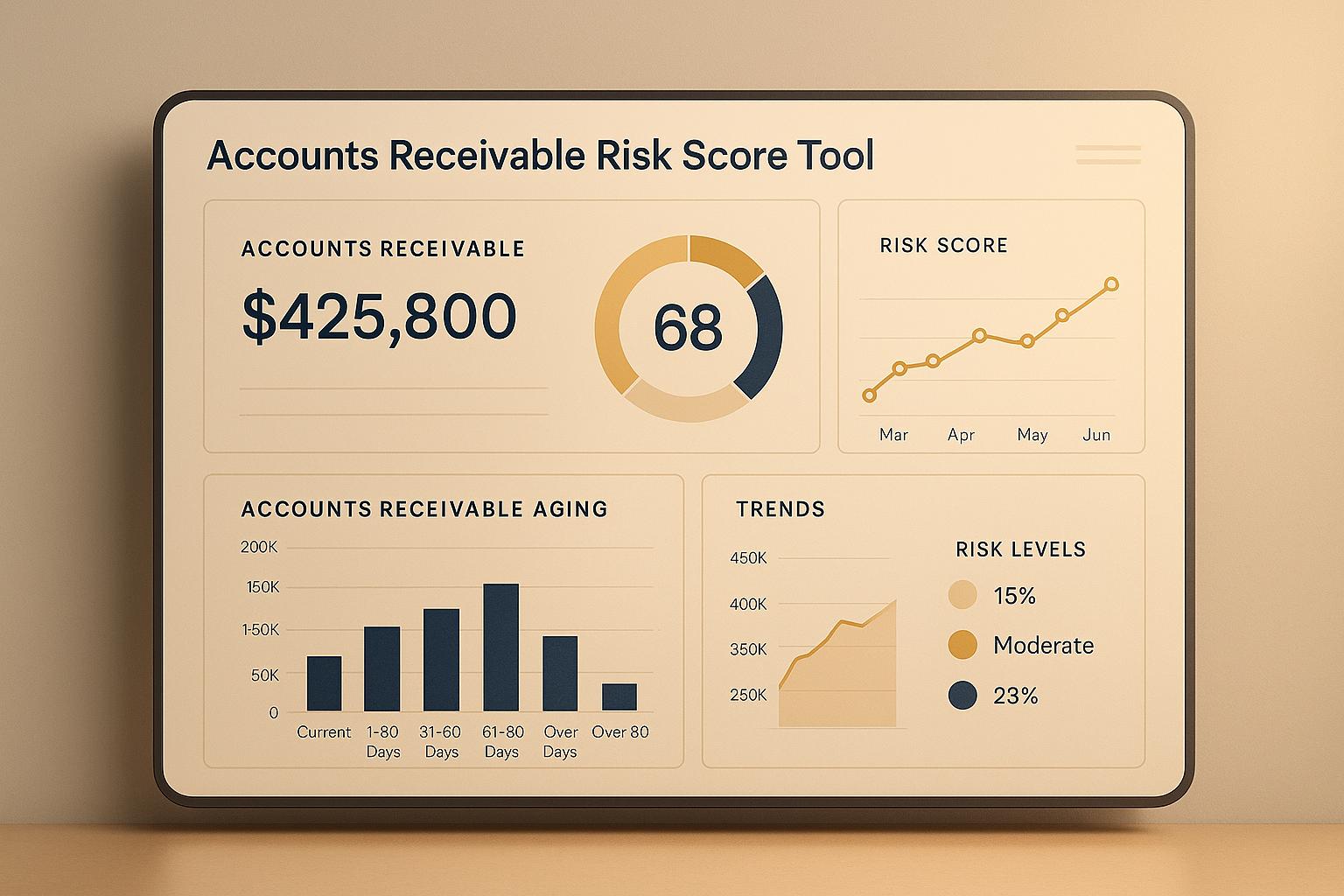Understanding Credit Limits for Small Businesses
Managing customer credit is a critical part of running a small business, yet it’s often a guessing game. Setting the right credit boundaries can mean the difference between steady cash flow and financial headaches. That’s where tools like a credit limit estimator come in handy. They take key data points—think annual revenue, credit scores, and industry trends—and turn them into actionable insights. For business owners juggling multiple roles, this kind of support is a game-changer.
Why Credit Assessment Matters
Every customer relationship involves some level of risk. Offering too much credit can strain your resources if payments lag, while too little can frustrate good clients and hurt sales. A thoughtful approach to determining credit allowances helps strike that balance. By factoring in payment reliability and sector-specific risks, you can make informed decisions without second-guessing. Plus, using a digital solution streamlines the process, freeing you up to focus on growth. Whether you’re a retailer, contractor, or service provider, getting this piece right builds stronger, more sustainable partnerships with your clients.
FAQs
How accurate is this credit limit calculator for my business?
This tool provides a solid starting point based on standard financial factors like revenue, credit score, industry risk, and payment history. It’s designed to give small business owners a reasonable estimate, but every situation is unique. You might want to pair the results with your own judgment or consult a financial advisor for high-stakes decisions. Think of it as a helpful guide, not a final verdict.
Can I use this tool for any industry or customer type?
Absolutely, the calculator is flexible enough to work for most industries and customer profiles. The industry risk dropdown lets you account for sector-specific challenges, whether you’re in retail, construction, or tech. Just keep in mind that it’s a general tool, so if your industry has very specific credit norms, you might need to tweak the results a bit based on your experience.
Why does payment history affect the credit limit so much?
Payment history is a big deal because it’s a direct indicator of how reliably a customer will pay you back. If they’ve got an excellent track record, we bump up the limit to reflect that trust. On the flip side, a poor history signals higher risk, so the tool lowers the limit to protect your cash flow. It’s all about balancing opportunity with caution.



